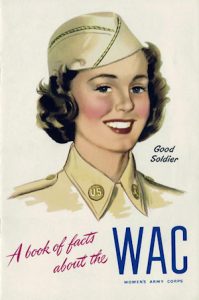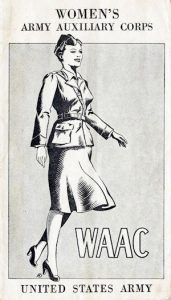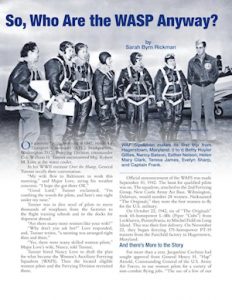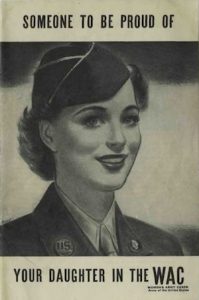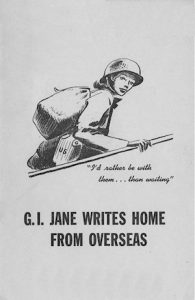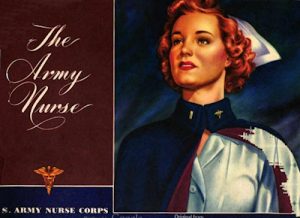The publications below include recruiting brochures, informational pamphlets, and history-filled booklets, and most are illustrated throughout with photos and drawings. Presented in PDF format for easy viewing and downloading.
A Book Of Facts About the WAC
This 28-page recruiting booklet, published in 1944, is filled with photos and information on all the different jobs WACs do, where they serve, living arrangements, uniforms, requirements to join, and how to apply.
WAAC Recruitment Brochure
This 10-page recruiting brochure for the Women’s Army Auxiliary Corps (WAAC), published in 1942, covers a variety of information about the WAAC program, including physical requirements, officer selection criteria, pay scales, benefits, and other miscellaneous information.
So Who Are The WASP Anyway?
This 4-page article about the WASP of World War II was written by Sarah Byrn Rickman, author of four books about the WASP. She tells the story of how the WASP came to be, and the article is illustrated with photos from Texas Women’s University.
Free A Marine to Fight: Women Marines in World War II
This 44-page pamphlet published in 1994 is a 50-year commemorative pamphlet filled with photos and a complete history of the Women Marines who served in World War II. Topics covered include early planning, recruiting, uniforms, training, jobs, duty assignments, early challenges, and more.
Someone To Be Proud Of: Your Daughter In The WAC
This 16-page pamphlet written for the parents of WACs serving during World War II covers everything from uniforms and pay to army life and WAC jobs. Photos and illustrations throughout, as well as a personal message from Colonel Oveta Culp Hobby, Director of the WAC.
G.I. Jane Writes Home From Overseas
This 20-page WAC recruitment brochure, published in 1944, features cartoon-style drawings alongside first-person stories and observations from a fictional WAC serving in overseas locations including Australia, India, France, England, North Africa, Italy, and more.
The Army Nurse
This 47-page booklet published in 1944 covers the history of nursing in the army from the Civil War through World War II. Heavily illustrated throughout with photos.

